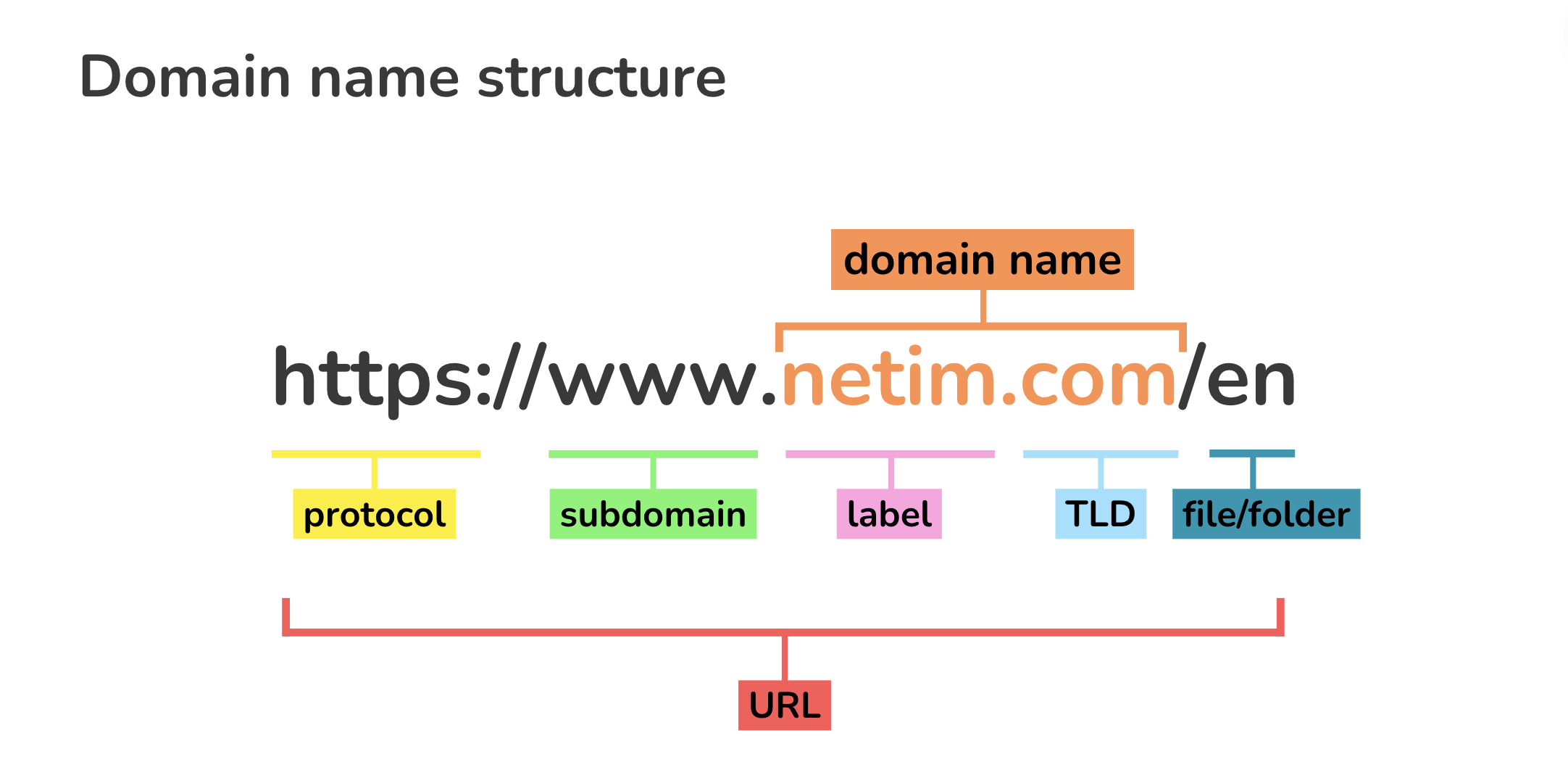Understanding Domain Names
A domain name is your website’s address on the internet. It’s what people type in their browsers to access your site. Choosing the right domain name is crucial for your online presence, as it can impact your branding, search engine optimization (SEO), and overall user experience.
When you register a domain name, you are essentially claiming a piece of digital real estate. It becomes your unique identifier on the web, allowing you to build credibility and establish trust with your audience. But what exactly is a domain name, and how does it work?
Parts of a Domain Name
A domain name consists of two main parts: the top-level domain (TLD) and the second-level domain. The TLD is the last part of the domain name, such as .com, .org, or .net. It typically indicates the type of website, organization, or country associated with the domain.
The second-level domain is the part of the domain name that comes before the TLD. It is usually the name of your website or business. For example, in the domain name “example.com,” “example” is the second-level domain, and “.com” is the TLD.
Choosing the Right Domain Name
When selecting a domain name for your website, there are several factors to consider. It should be easy to remember, relevant to your brand or business, and reflective of your website’s content. A good domain name can help you stand out in a crowded online marketplace and attract more visitors to your site.
Additionally, you should choose a domain name that is easy to spell and pronounce. Avoid using hyphens or numbers, as they can make your domain name more difficult to remember or type. Keep it short and simple to ensure that it is memorable and user-friendly.
Registering a Domain Name
To register a domain name, you will need to use the services of a domain registrar. There are many accredited registrars to choose from, each offering different pricing and services. When selecting a registrar, be sure to check their reputation, customer support, and renewal fees.
Once you have found a registrar, you can search for available domain names and choose the one that best suits your needs. Keep in mind that domain names are unique, so your first choice may not always be available. Be prepared with a list of alternative options in case your preferred domain name is already taken.
Managing Your Domain Name
After registering your domain name, you will need to manage it to ensure that it remains active and up-to-date. This includes renewing your domain registration before it expires, updating your contact information, and configuring your domain settings.
Many registrars offer domain management tools that allow you to easily make changes to your domain settings, such as DNS records, email forwarding, and domain forwarding. These tools can help you optimize your website’s performance and security.
Conclusion
Domain names are more than just web addresses. They are essential components of your online identity and brand. By choosing the right domain name and managing it effectively, you can establish a strong online presence and make it easier for people to find and remember your website.
Whether you are launching a new website or rebranding an existing one, selecting the perfect domain name is a critical step in your online journey. Take the time to research and brainstorm creative domain name ideas that reflect your brand’s personality and values. Your domain name is your digital calling card, so make it count!
